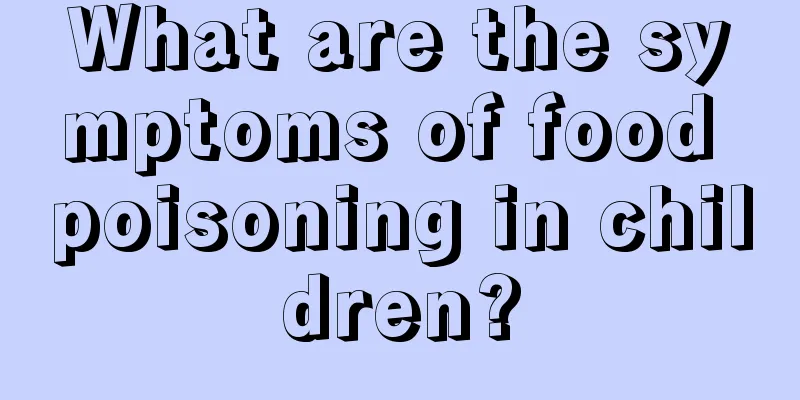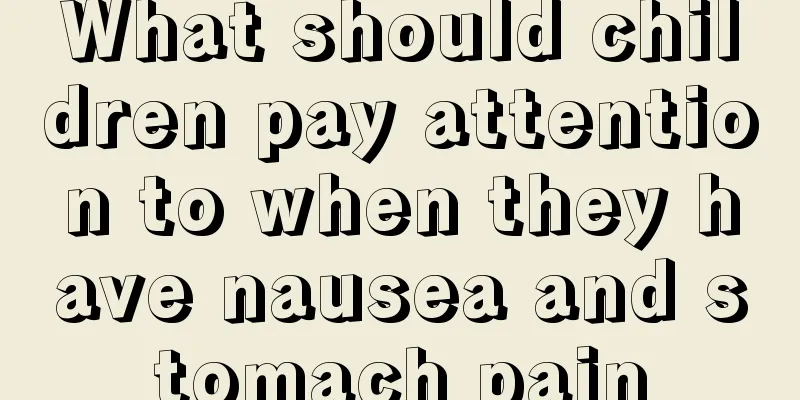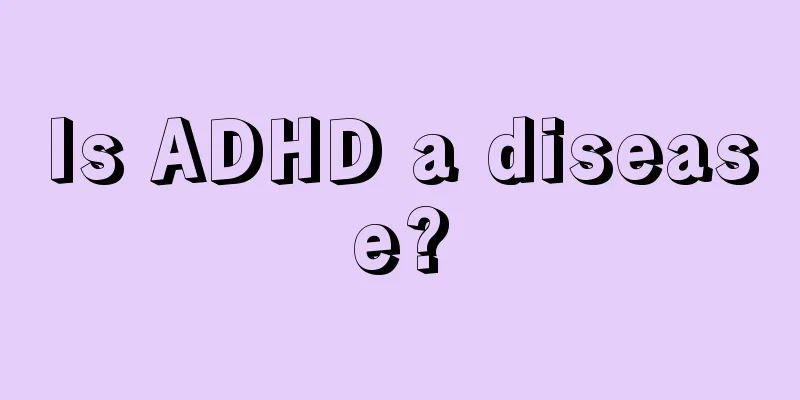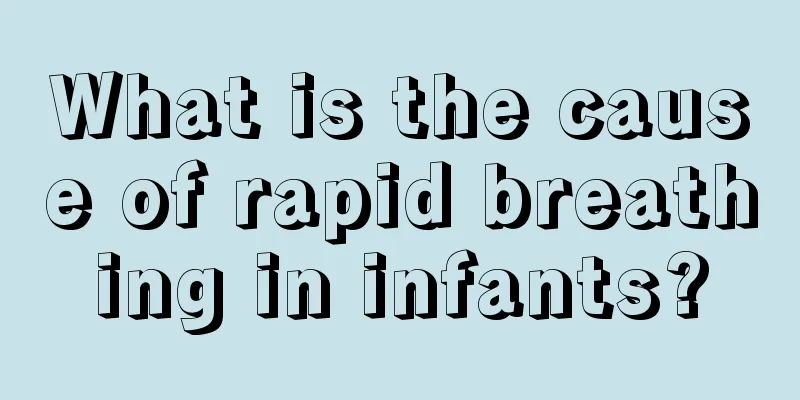What are the classifications of hand, foot and mouth disease?

|
It is the peak season for infectious diseases again. Summer is the peak season for hand, foot and mouth disease among children. It is a disease caused by enterovirus. It usually occurs in children. Parents with children are well aware of it. Generally, children will have a lot of herpes in their hands, feet and mouth. Children with such diseases need to go to the hospital for treatment. Some diseases need more than ten days to be cured. So do parents know what are the classifications of hand, foot and mouth disease? The following is the classification .1. Coxsackievirus type A: It is more common in children, accounting for 21.7% of infections in adults. In addition to the above clinical manifestations, the main features are acute fever and rash. Meningoencephalitis with Guillain-Barré syndrome and acute viral cardiomyopathy. Enterovirus Cox A16 hand, foot and mouth disease There are more than 20 types of enterovirus that can cause hand, foot and mouth disease, among which Coxsackievirus A16 (Cox A16) and enterovirus 71 (EV 71) are the most common. The pathogen of hand, foot and mouth disease discovered in the early days was mainly Cox A16 type. Generally speaking, the sequelae of Coxsackie A16 are less than those of EV 71. 2. Coxsackievirus type B: Infection causes characteristic infectious chest and rib pain (epidemicpleurodynia), the so-called Bornholm's disease. May be associated with meningoencephalitis, myocarditis, fever, Guillain-Barré syndrome, hepatitis, hemolytic anemia and pneumonia. Enterovirus 71 hand, foot and mouth disease Fever is a common clinical symptom of EV71 infection in infants and young children, and the vast majority of patients are infants less than 6 months old. Acute respiratory disease is another common clinical symptom of EV71 infection. It includes some common respiratory symptoms such as pharyngitis, asthma, bronchiolitis and pneumonia. The age of onset is generally 1 to 3 years old and requires hospitalization. EV71 involvement of the nervous system often occurs in children under 5 years old, with the highest incidence in children aged 1 to 2 years old. The main manifestations are aseptic meningitis, encephalitis and paralytic diseases, which mostly occur in children under 5 years old, with the highest incidence in infants under 1 year old. The clinical manifestations vary, and the severity of the disease varies. They generally manifest as clonus, vomiting, ataxia, intention tremor, nystagmus, and emotional apathy. Brain MRI and EEG can help determine the severity of the disease. After understanding the classification of hand, foot and mouth disease, parents can clearly judge which type of hand, foot and mouth disease their children are infected with, and can provide detailed care based on this. Only with correct care and treatment can children recover soon. Therefore, parents should also pay more attention to the healthy growth of their children in daily life. |
<<: What are the traditional Chinese medicine treatments for hand, foot and mouth disease?
>>: What are the basic knowledge about hand, foot and mouth disease?
Recommend
A good way to educate your children
When educating children, we need good methods, wh...
Precautions after phimosis surgery in children
Phimosis has a great impact and harm on adult mal...
Why does my baby have white tongue coating? Young parents, please watch out
Some parents find that their baby’s tongue coatin...
How do you know if your baby is allergic to egg yolk?
Some babies are prone to allergies when eating eg...
What are the most effective methods for reducing phlegm in children?
I believe that parents of children are very conce...
Child walking on tiptoes
Children usually start learning to walk when they...
Can I pinch my baby's flat nose to make it taller?
Parents all hope that their children will grow up...
What do children eat to make their eyes big?
For parents, it would be great if their children ...
What is happening when my eight-month-old baby has nose bleeding?
Parents are always very nervous about their child...
What are the red spots on my daughter's face?
As the saying goes, a daughter is a mother's ...
Why is baby's stool green?
Today I want to tell you why the sound and stool ...
What should I do if my child accidentally eats mosquito coils?
Children's health issues have always been a c...
What to do if your child has a persistent high fever
High fever is a particularly dangerous symptom fo...
Why do children's lips turn purple when swimming?
Family members still need to keep track of their ...
What are the effects of high lead levels on children?
There are many trace elements in the human body, ...









